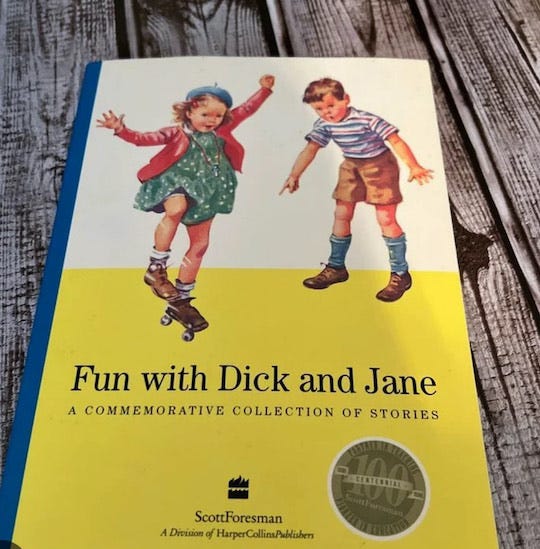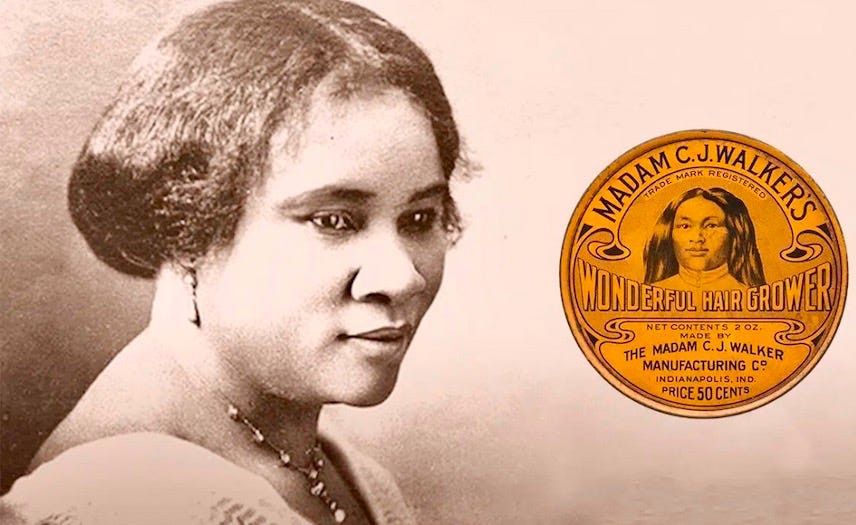Reflections on Growing Up Black in Chicagoland
Black History Month: A Personal and Historical Journey
I grew up in Chicago’s South Suburbs in the late 1960s and 1970s—a tumultuous, dynamic, and transformative time. Looking back five decades later, I can appreciate how much history was unfolding around me. Back then, it was simply my life.
My mother and stepfather worked hard to buy our first home in 1967—a three-bedroom, one-bath house with a basement and garage. She was an executive secretary at Spiegel’s Catalog, and he was a crane operator at Bliss & Laughlin Steel. We lived within walking distance of Dixie Square Mall, which opened the year before. Though now demolished, it became infamous as the setting for the mall car chase scene in The Blues Brothers movie.
Then came the riots after Dr. Martin Luther King Jr. was assassinated in 1968. Violence erupted across Chicago and spilled into the suburbs, reaching as far as 147th Street in Harvey, Illinois—the city where we lived. It was a defining moment in Chicago’s history and my stark introduction to the racial tensions shaping America.

A few months later, James Brown’s Say It Loud – I’m Black and I’m Proud became an anthem for a generation. It reached #10 on the Billboard Hot 100 chart and held the #1 spot on the R&B singles chart for six weeks. With its message of self-acceptance, empowerment, and self-reliance, the song ignited a conversation that resonated deeply with me.
Learning Black History at Home
What I knew about Black history, I learned from my great-grandmother, who was born in 1896. After my parents’ divorce when I was two, my mother and I lived with Granny until Mom remarried six years later. Granny and I often took train trips to Union Springs, Alabama, for funerals, bringing box lunches of fried chicken and homemade rolls. We dressed in our “Sunday clothes” for the journey.
Granny taught me to read before I started first grade in Phoenix, Illinois. At the time, there was no kindergarten. In school, I read Dick and Jane books—about a family and their dog, Spot, and cat, Puff. There were no Black characters in my schoolbooks and no mention of Black people in elementary school history. I knew better, but Granny would tap her forehead with two fingers and tell me, “Some of what you know, you keep to yourself.”
It wasn’t until sixth grade, at Martin Luther King Jr. Junior High, that I had Black teachers for the first time. Even the school leadership was Black. Mr. Demus was the principal. His wife, Mrs. Demus was the librarian. Miss Thorpe, the gym teacher appeared to be the disciplinarian. Their presence in my education was a turning point.
Conversation Starter: Why isn’t there a White History Month?
Brenda’s Answer: Most Americans grow up learning history from an Anglo-Saxon perspective, with little to no reference to the contributions of Black Americans in culture, the military, inventions, healthcare, and sports.
Winston Churchill (or Napoleon Bonaparte*) once said, "History is written by the winners." This underscores how history is shaped by those in power. If you need proof, consider that 18 U.S. states have recently imposed bans or restrictions on teaching topics of race. Ashley Rogers Berner, an education policy expert at Johns Hopkins, points out that teachers' access to resources often falls short. “The ideal is to weave Black history into all the histories that are studied—not necessarily as a separate history.”
The Parts of History People Want to Forget
Like many countries, the United States has a painful past that some would rather erase. Slavery, redlining, and Jim Crow laws shaped generations of Black life. On our trips to Union Springs, I was startled by the "Colored Only" water fountains. I was seven when they were finally outlawed.
There was lynching. There was the kidnapping and murder of 14-year-old, Emmett Till. His grave is in a Chicago-area cemetery, across the street from where my father and paternal grandparents were laid to rest.
Teachers are rarely trained on how to incorporate America’s difficult history into the curriculum in an age-appropriate way. Some people hope if we close our eyes long enough, our nation’s painful past will fade like leaves turning to compost. It won’t.
When I share family stories in the blog, I often skip the hardest parts, their struggles against racism along the way, and go straight to the “happy ending.” I often wonder if I’m doing my Older, Bolder & Better! readers a disservice.
Continuing the Conversation
Black History Month is nearly over, but that doesn’t mean the conversations have to end. Friends were visiting from Arizona last Fall. I took the opportunity to share the story of Indianapolis resident, Madame C.J. Walker (1867–1919). She worked in cotton fields in the South as a child before moving North, becoming an entrepreneur, and America’s first self-made woman millionaire. The Madam Walker Legacy Center, on Indiana Avenue, is listed on the register of National Historic Landmarks.
If you want to learn more, there are incredible Black history sites across the country:
Cincinnati: National Underground Railroad Freedom Center
Chicago: DuSable Black History Museum and Education Center
Fishers, Indiana: Connor Prairie’s Promised Land as Proving Ground exhibit
Atlanta, Indiana: Roberts Settlement, an African-American farming community founded in 1835 by free Black families from Virginia and North Carolina
What resources are in your community? Please share in the comments!






I see you! Having your help filling in the blanks of times when I was too young to remember helps make sense to a lot of things that happened in my version of the South Suburbs growing up. Thank you for sharing!
Brenda great article- we have much shared history- I still have a Dick/Jane book that I learned to read, Every Summer my sister and I went down south and we had Foiled wrapped shoe box lunches of fried chicken, of course we also had the "earthly trinity" - Dr. King John and Robert Kennedy on our wall. I could go on. My city is compiling the history of Blacks to be a part of the Historical Museum.